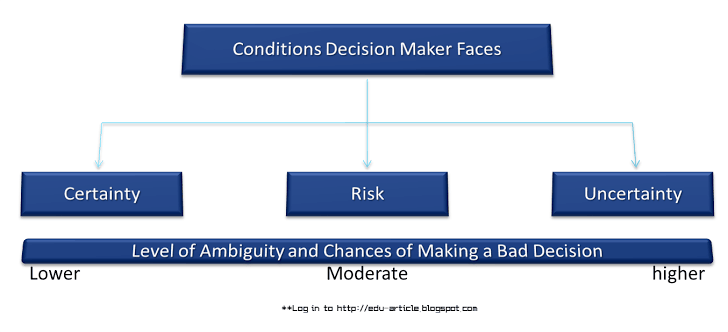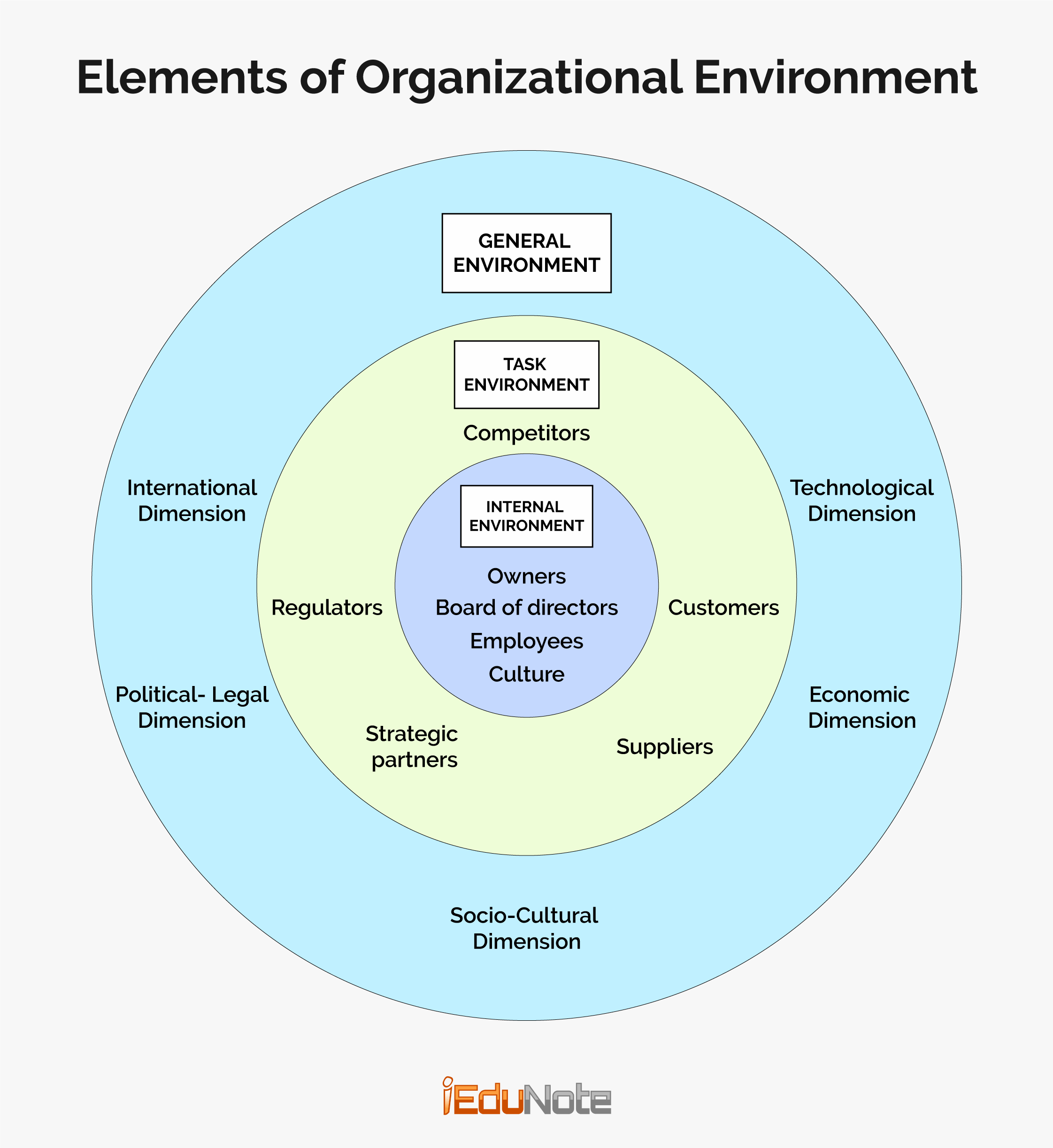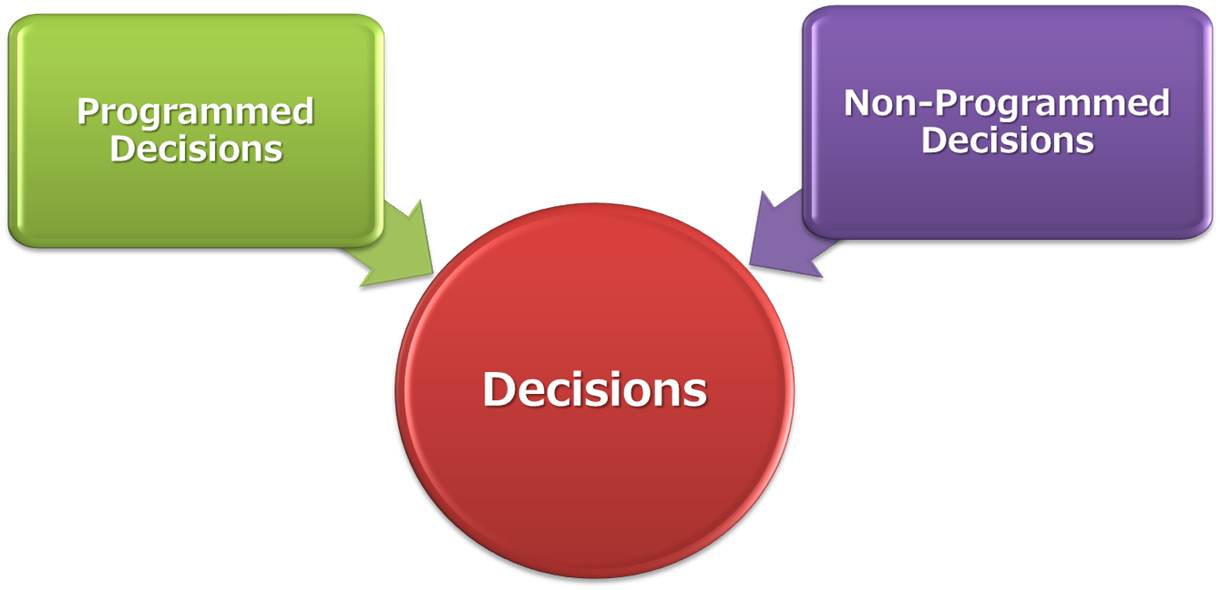Decision Making faces 3 particular conditions they are; (1) uncertainty, (2) certainty, and (3) risk. These conditions determine the probability of an error in decision-making.
In this post, we will look at the 3 decision-making conditions.
3 Decision-Making Conditions
Certainty
Under conditions of certainty, the manager has enough information to know the outcome of the decision before it is made.
For example, the managing director of a company has just put aside a fund of $100,000 to cover the renovation of all executive offices. This money is kept in a savings account at a local bank that pays 7.50 percent interest.
Half of the money will be drawn out next month and the rest when the job is completed in 90 days.
Can the managing director determine today how much interest will be earned on the money over the next 90 days?
Given the fact that the managing director knows how much is being invested, the length of investment time, and the interest rate, the answer is yes.
Investment of the funds in a local bank branch is a decision made under conditions of certainty. The outcome in terms of interest is known today.
In this condition, the decision-maker knows with reasonable certainty what the alternatives are, what conditions are associated with each alternative?
When the decision-maker knows with reasonable certainty what the alternatives are and what conditions are associated with each alternative, a state of certainty exists.
The information is available and considered to be reliable, and the cause and effect relationship is known.
So under this condition, the manager has enough information to known the outcome of the decision before it is made.
Risk

Most managerial decisions are made under conditions of risk. Risks exist when the individual has some information regarding the outcome of the decision but does not know everything when making decisions under conditions of risk, the manager may find it helpful to use probabilities.
To the degree that the probability assignment is accurate; he or she can make a good decision.
Let us consider the case of a company that has four contract proposals it is interested in bidding on. If the firm obtains any one of these contracts, it will make a profit on the undertaking.
However,
because only a limited number of personnel can devote their time to putting bids together, the firm has decided to bid on one proposal only—one that offers the best combination of profit and probability that the bid will be successful. This combination is known as the expected value.
The profit associated with each of these four contract proposals, as presented in Table 1, varies from $100,000 to $400,000. Notice that the contract offering $400,000 is the least likely to be awarded to the company, but it offers the smallest profit of the four.
On which of the proposals should the firm bid?
As the table shows, the answer is number three. It offers the greatest expected value.
| Computation of Expected Values | |||
| Contract Proposal | Profit ($) | The probability of Getting the Contract | Expected Value ($) |
| 1 | 100,000 | 6 | 60,000 |
| 2 | 200,000 | 5 | 100,000 |
| 3 | 300,000 | 4 | 120,000 |
| 4 | 400,000 | 2 | 80,000 |
This example illustrates the importance of probability assignment when decisions are made at a risk.
If we reversed the probabilities so that proposal no.1 had a 20 percent success factor and proposal no. 4 had a 60 percent success factor, the manager would opt for the latter proposal.
The effective manager must investigate each alternative to be as accurate as possible in making probability assignments.
In a situation with risks, most managerial decisions are made under conditions of risk. Under a state of risk, the availability of each alternative and its potential payoffs and costs are all associated with probability estimates.
Risks exist when the individual has some information regarding the outcome of the decision but does not know everything when making decisions. Under conditions of risk, the manager may find it helpful to use probabilities.
Factual information may exist, but it may be incomplete.
To improve decision making, one may estimate the objective probability of an outcome by using different models. On the other hand, subjective probability, based on judgment and experience, may be used.
Uncertainty
Uncertainty exists when the probabilities of the various results are not known. The manager feels unable to assign estimates to any of the alternatives.
While the situation may seem hopeless, mathematical techniques have been developed to help decision-makers deal with uncertainty.
Some of these are heavily quantitative and are outside the scope of our present consideration.
Some non-mathematical approaches have been developed to supplement these techniques, however, and they do warrant brief discussion.
One is simply to avoid situations of uncertainty. A second is to assume that the future will be like the past and assign probabilities based on previous experiences.
A third is to gather as much information as possible on each of the alternatives, assuming the fact that the decision-making condition is one of risk, and assign probabilities accordingly.
Using these approaches requires side-stepping the uncertainty factor. It is assumed not to exist, and this can be a wise philosophy. After all, by definition, uncertainty throws a monkey wrench into decision-making.
The manager’s best approach is to withdraw from this condition either by gathering data on the alternatives or by making assumptions that allow the decision to be made under the condition of risk.
Although many managers are perfectly comfortable in making decisions under conditions of risk or uncertainty, they should always try to reduce the uncertainty surrounding their decisions.
They can do so by conducting comprehensive and systematic research.
The research can tell them more about their alternatives, give them a firmer basis for estimating possible outcomes arid help them look at the best and worst alternatives.
Think of manager Mr. Vin Diesel who is considering whether to finance a new building by taking a fixed interest rate loan of 10 percent or a variable rate of the loan that begins at 9 percent but could increase by 4 percent.
Mr. Vin Diesel might consider that for the variable rate loan the best case rate is 9 percent. The worst-case rate is 13 percent.
By taking this approach, he can at least reduce some uncertainty and get firmer support for his decision.
In this condition, the decision-maker does not know all the alternatives, the risk associated with each, or the consequence of each alternative is likely to have.
In this case, the decision-maker does not know all the alternatives, the risks associated with each, or the likely consequences of each alternative.
Here, people have an insufficient database, they do not know whether or not the data are reliable, and they are very unconfident about whether or not the situation may change. Moreover, they cannot evaluate the interactions of the different variables.
Conclusion
In 3 situations, managers have to take different decisions.
To make decisions in these circumstances, managers must acquire as much relevant information as possible and approach the situation from a logical and rational perspective.

